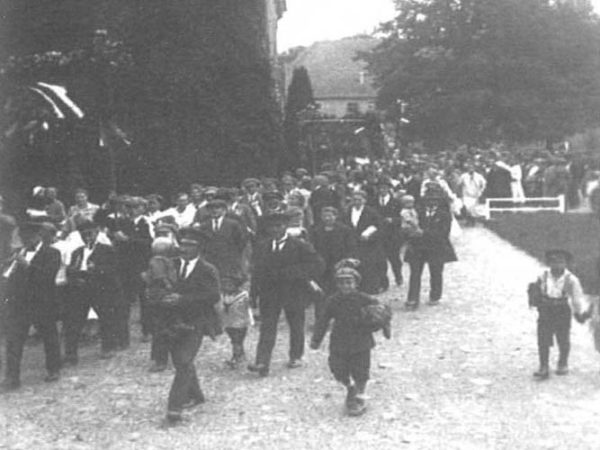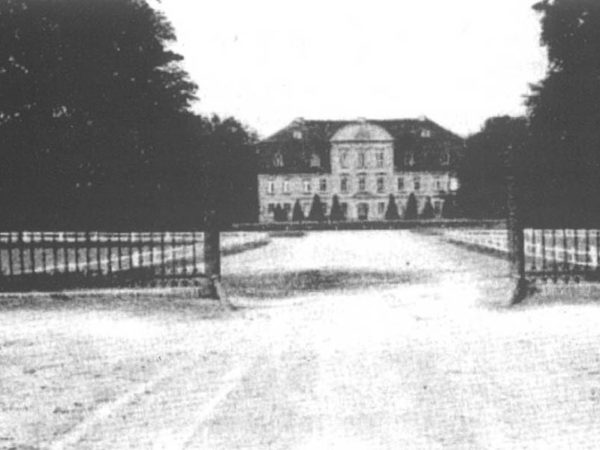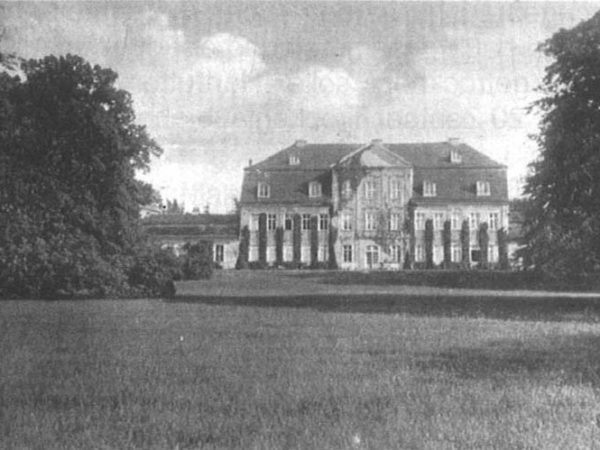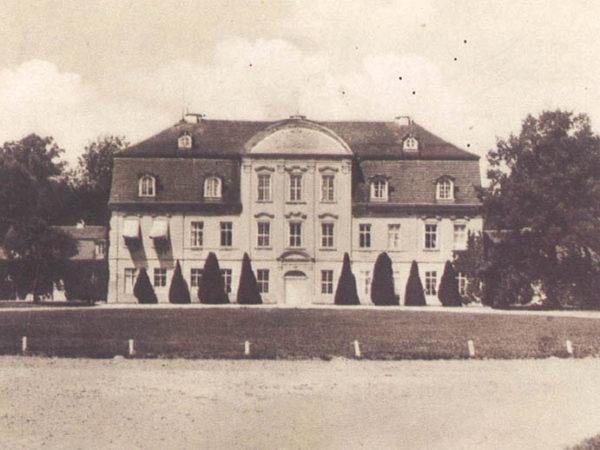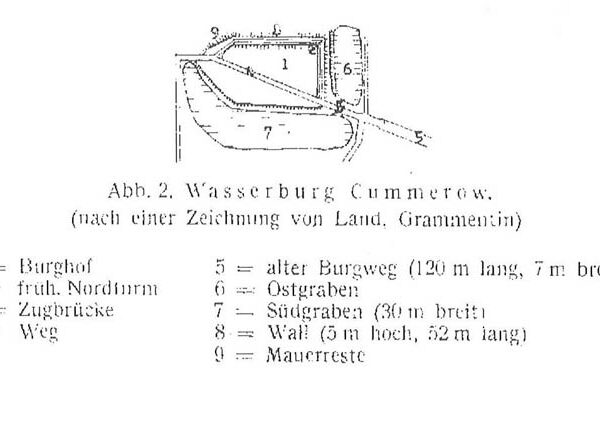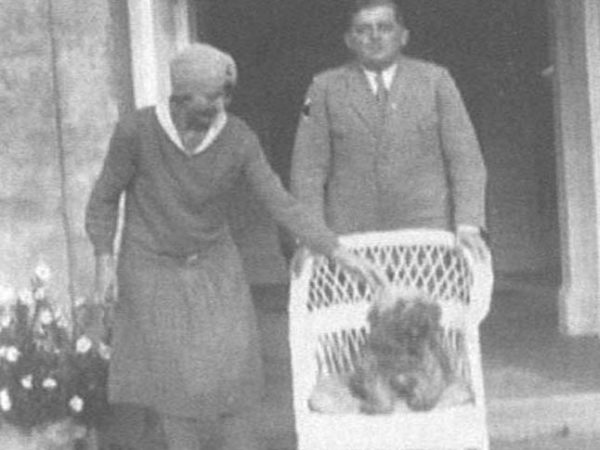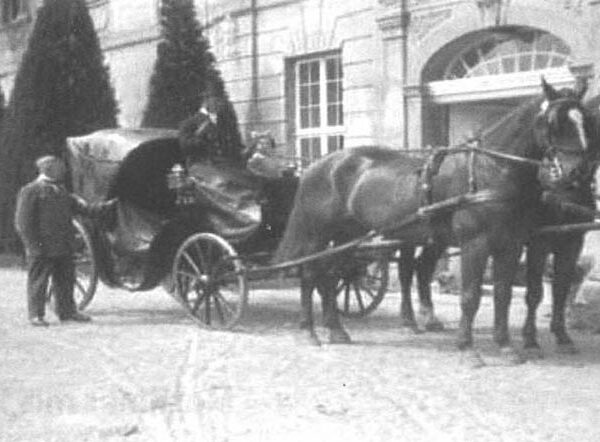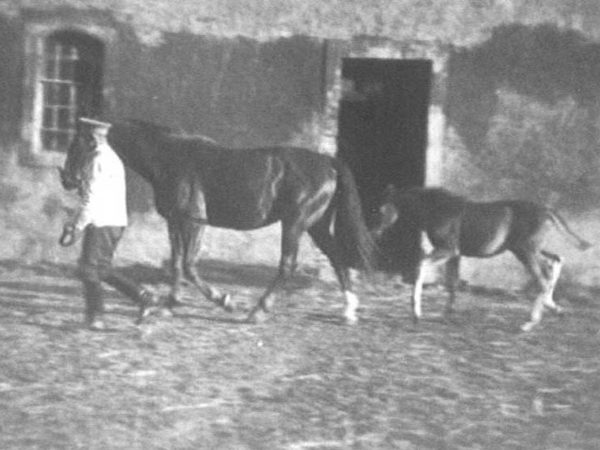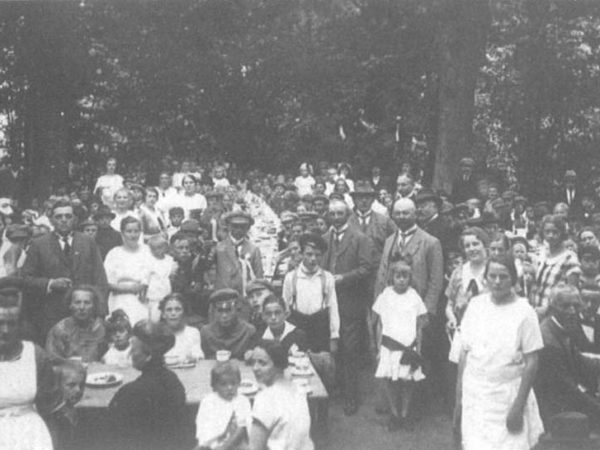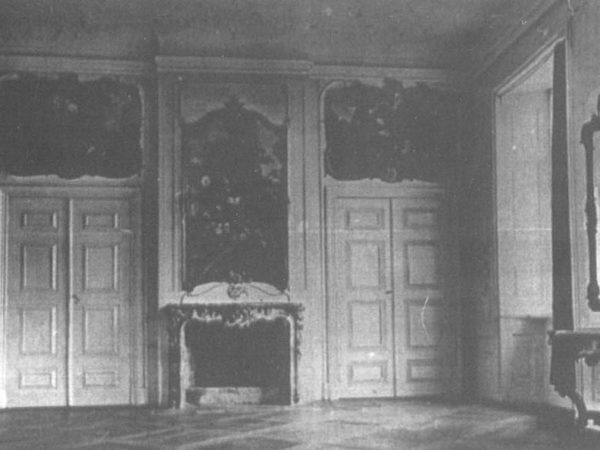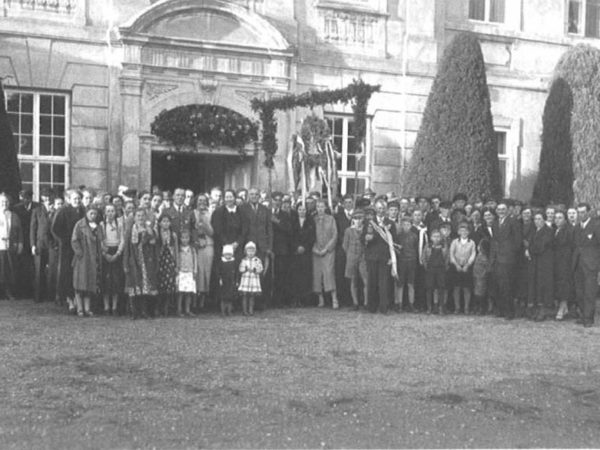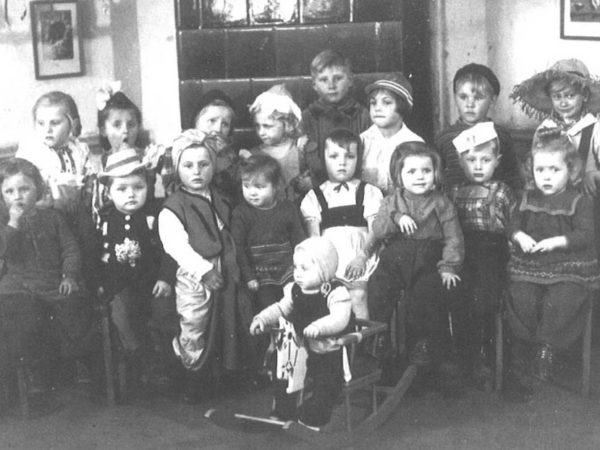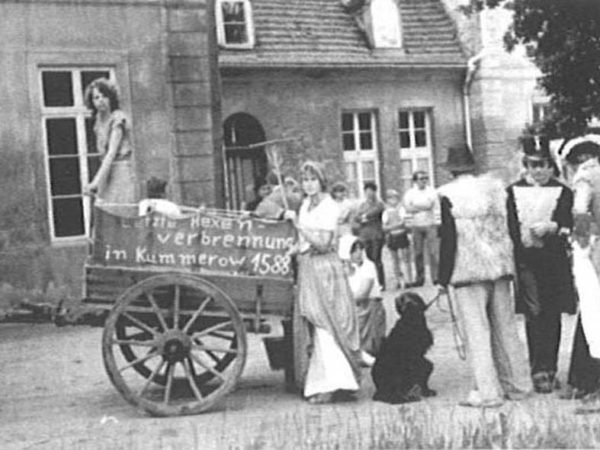History of Schloss Kummerow
History of a grand house
Schloss Kummerow and the family of Maltzahn
Completed in 1730, the history of Schloss Kummerow is closely linked to the history of the family of those of Maltza(h)n. Get an overview of the history of Schloss Kummerow and the history of the village of Cummerow, which was first mentioned in a document in 1222.
The history of Schloss Kummerow is directly linked to the fate of the extensive family of those of Maltza(h)n. Schloss Kummerow was one of several houses from which the old noble family co-determined the fortunes of the people of Mecklenburg and Pomerania as feudal lords and officials of the changing rulers for centuries until the Weimar Republic.
Schloss Kummerow at Lake Kummerow is elegant and pragmatic in its entire complex at the same time and bears witness to the working and power relations of a lost era. The center is the two-storey residential building with approximately 3,000 square metres.
Schloss Kummerow through the ages
To the right and left of the large residential building, the castle extends architecturally through galleries that conclude with two-storey pavilions. All elements together form a closed bar to the lake. The square in front of it, the Cour d’Honneur, opens to the village of Kummerow and is surrounded by mighty functional buildings. They tell of the fact that one not only resided here, but also managed to run the château successfully.
Coming from the village you can see only this representative side. But on an axis from the former gate entrance to the house, one passes through the main portal into the interior of the Corps de Logis, then the vestibule behind it with its magnificent stairway, further the widening ballroom and finally from here the Garden portal, opens the view to the private, complex artistic and romantic side of the house.
Here we look through well-arranged tree groups into a Lenné’s landscape garden. It opens towards the lake and down from the hill on which the castle rises, we overlook to the southern end of Lake Kummerow, whose entire area can only be guessed from here. When one comes to the shore, the length of the lake of about eleven kilometers offers a far-sightedness in way that that the northern edges seem to merge with the sky. The opposite bank, on the other hand, offers views of the sprawling hills of Mecklenburg, which rise above the water against the horizon.
The description of what we see is similar to that of an Arcadian image with a designed and multifaceted axes of view. In Kummerower Park, as in Potsdam or Schwerin, a natural idea was rationally staged in such a planned way that one still marvels today at how sustainable the overall impression of individual elements of a built landscape, cleverly composed from natural stages, touches our minds.
On the one hand, the castle, i.e. the rational daywork of commitments and on the other hand the emotional freedom from dreamy shade and lively sunbeds and into the water, mirrors the hills of one of the most beautiful landscapes in which Germany and Central Europe.
Today, the official name “Naturpark Mecklenburgische Schweiz und Kummerower See” summarizes all that we can conquer as hikers, sailors, cyclists and riders: a journey of national cultural assets reflecting the history of our country.
To this day, the will of individuals, the epochs and fashions, the wars and political systems lends Schloss Kummerow the in-house patina. Not far from the present castle there used to be a castle, which was cut during the Thirty Years’ War, and with it the old town of Cummerow. Only 16 people are said to have survived the devastation.
What has also been destroyed is its former importance as a city. Situated on the border as a landmark between the two parts of the country, the place was once attributed to Mecklenburg and another time to Pomerania and so its written history soon hides here: in the old descriptions of Prussia, Brandenburg, Pomerania, and finally Mecklenburg-Vorpommern.
Kummerow was a Slavic foundation and was Germanized by Henry the Lion and the Maltzahns. The family was expropriated by the Swedes and soon withdrew their possessions. They fought each other in inheritance matters, happily married into influential families, or shot themselves in duels. They exploited and protected, and they shaped the land according to their power and position.
In 1730, Schloss Kummerow was completed in the late Baroque style, or more figuratively, in the typology of the Versailles model, and only 100 years later it was extended by the landscape park. Time and again, the estate experienced periods of orphanage due to the lively fate of its owners.
After the First World War, the house and the park were extensively renovated. In the Weimar Republic and during National Socialism until 1945, Mortimer von Maltzahn gave the estate a new heyday as a large estate. Mortimer became the first elected mayor and adapted excellently to the new power relations until his expropriation by the land reform of the early GDR.
After 1945, the castle was occupied by Soviet forces and converted into a quarantine camp for refugees and former forced laborers. In the following 40 years until 1993, the château complex was used by the municipality on a variety of occasions.
A consumer sales office with a restaurant, the mayor’s office, a primary school, a kindergarten and a high school were located here. In 1985, the plant became the property of Deutsche Post (GDR).
In 1993 it was sold in private ownership and was initially to be expanded as a hotel. However, these plans have not been implemented.
In 2011, Schloss Kummerow became the property of the current owner, who equipped the castle as a publicly accessible art gallery and his photographic collection. His refurbishment concept encloses the traces of the past and visibly sets new ones only where defects have arisen.
A first exhibition on the Day of the Open Monument on 20 September 2015 attracted 4,000 visitors. With the work of the Dresden painter Eberhard Göschel, the way of reconstruction was successfully underlined. The choice of the artist and the refurbishment concept went hand in hand here to recharge the spirit of the preserved traces with the artist’s painting style and to link his artistic attitude interestingly with the history of the house.
Left traces that tell of life in changing ideologies. Thus, in the Hall of Mirrors, preserved as an old wall painting, it says: “I am the sword! I am the flame! I enlightened you in the darkness, and when the battle began, I fought ahead, in the front row.” Even if the time has run the Heine quote of his former socialist propaganda, it is supposed to cheer the house to new life in its collage-like appearance with feudal offsets.
Timeline of the history of Schloss Kummerow


